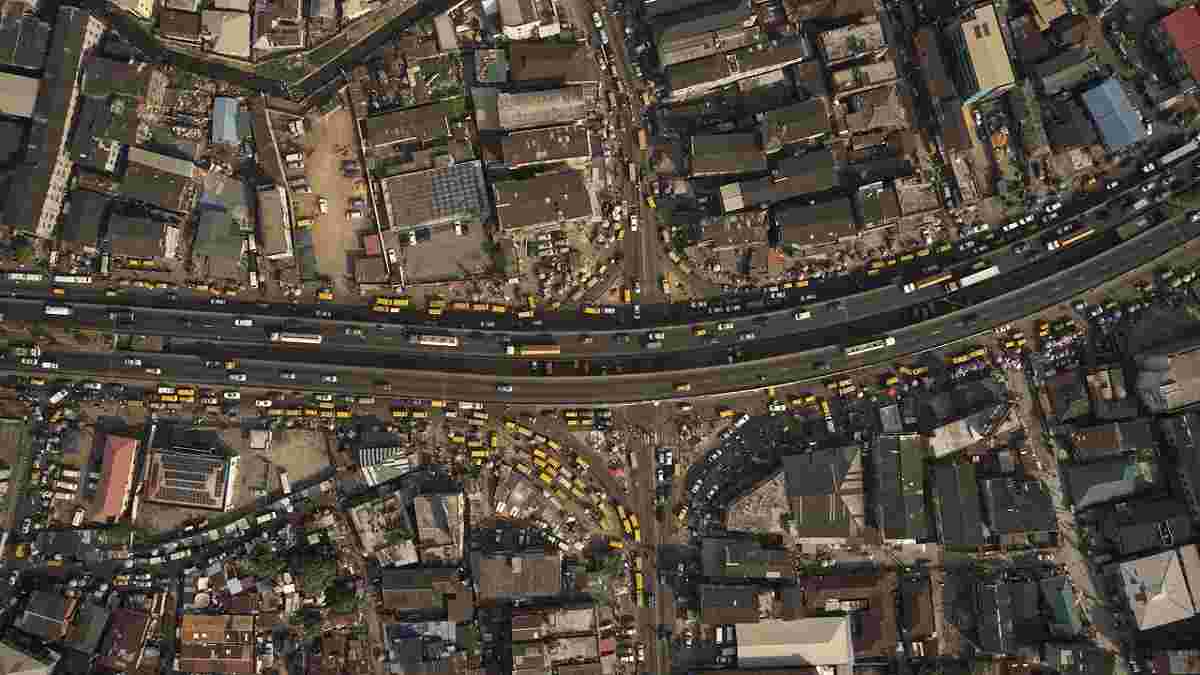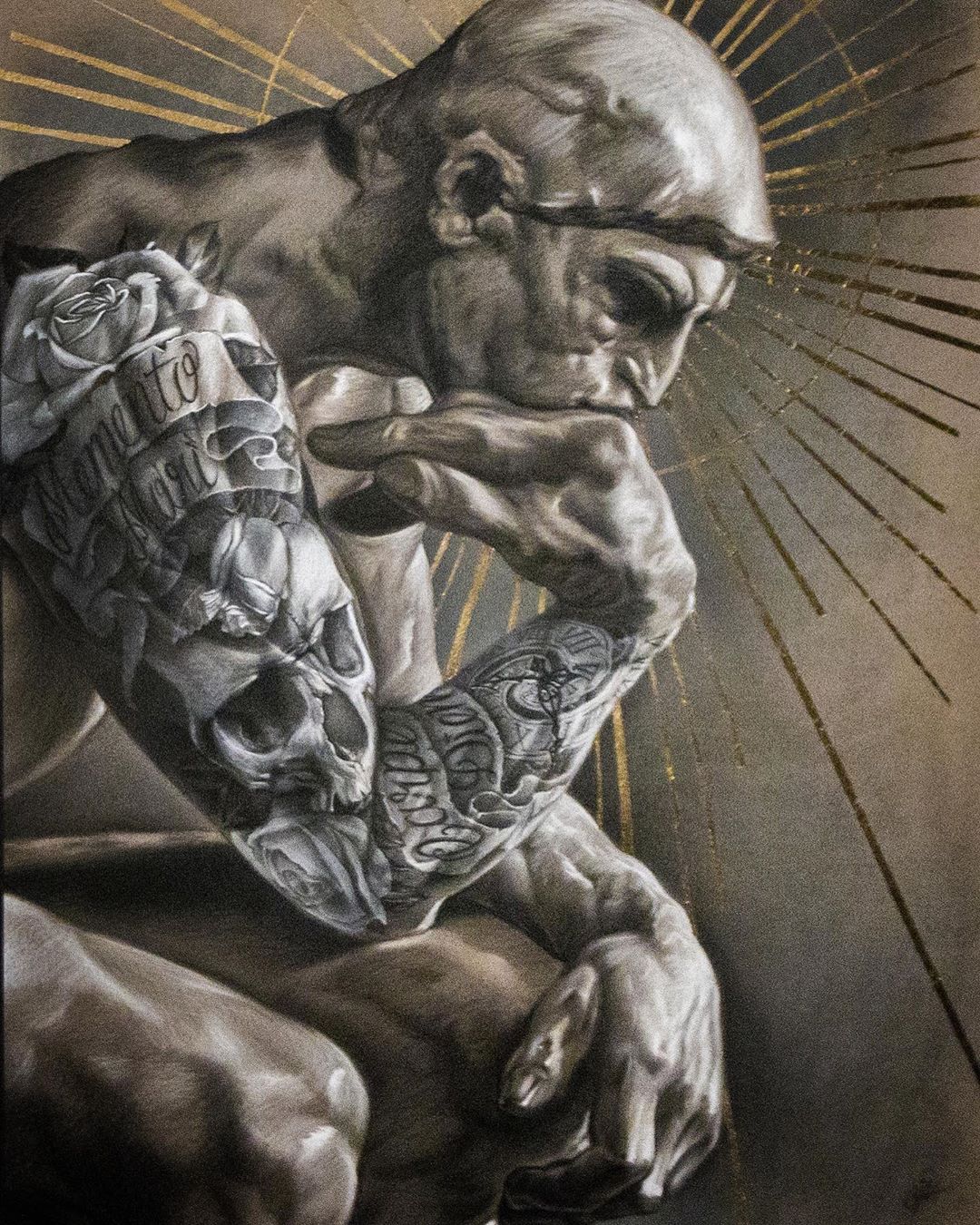Ofrenda
2021 - Installation (Installation)
5:06 minutes
Elyla
Ofrenda [Offering] by Elyla includes a single-channel video and the mask used in the performance. The video is a recorded action of the artist, who appears removing a sieve mask that was pinned to the skin of their face, leaving a trail of blood that falls on their naked, mud-covered body. Worn in El Baile de las Negras , a colorful dance performed by men dressed as women, the mask originates from Indigenous celebrations in Monimbó, Nicaragua. In the late 1970s, this mask was adopted by young rebels during the popular insurrection against the dictatorship of Somoza in Nicaragua—they even became iconic in the photographs of Susan Meiselas. More recently, the masks were embraced and resignified by the LGTBQI+ community reclaiming alternative memories of anti-colonial resistance, which included early performances by Elyla, such as Solo Fantasía (2014). After removing the mask, the artist puts it inside her mouth to chew it and then spit it out. The work is a ritual action that addresses the complexities of a gender and sexually diverse body, the violence contained in mestizaje , the ideology of whitening, and the colonial wounds derived from the erasure of ancestral heritage.
Elyla (Fredman Barahona) is a performance artist and queer activist. Their work critically explores the masculine lineage of the Sandinista revolution, the narratives of national identity, and the experience of being a cochon barro-mestiza in a religious, conservative society. Elyla developed a body of work addressing the exclusionary implications of the concept of mestizaje , whose narrative has erased—and converted into commodities—Indigenous and Black identities under the umbrella of inclusive rhetoric. The artist coined the term barro-mestiza to take distance from the traditional understanding of mestizaje and reclaim their Indigenous ancestry, in dialogue with tran-ancestral struggles of precolonial corpodivinities and the memory of the barro (land and soil). In 2013, Elyla co-founded Operación Queer, a collective that blurred the limits between academia, art, and activism, and took a public position against the persecution of sexual dissidence by the repressive government of Daniel Ortega. The artist’s early work consisted of actions in public space that usually defied the authoritarian restrictions and the acceptance of censorship imposed through persecution and terror.
Colors:
Related works sharing similar palette
» see more

© » KADIST
Daria Martin
2004Soft Materials is a curious, touching but also disturbing sequence of confrontations between two people: a man and a woman, and machines...

© » ART CENTRON
Ojuelegba Comes Alive in Emeka Ogboh's Multisensory Installation - Artcentron Home » Ojuelegba Comes Alive in Emeka Ogboh’s Multisensory Installation ART Feb 3, 2024 Ξ Leave a comment Ojuelegba Comes Alive in Emeka Ogboh’s Multisensory Installation posted by ARTCENTRON Emeka Ogboh, Ojuelegba 2023...
Related works found in the same semantic group
» see more

© » KADIST
Gauri Gill
2015Acts of Appearance is an ongoing series by Gauri Gill consisting of lush, large-scale color portraits of the residents of a village in Maharashtra, in Western India, which is known for making Adivasi masks...

© » KADIST
Bontaro Dokuyama
2015In Over There, Bontaro Dokuyama conducted a series of workshops with various people who had been forced to relocate in temporary housing after the Fukushima accident...

© » KADIST
Enrique Ramirez
In Un Hombre que Camina (A Man Walking) (2011-2014), the sense of rhythm and timing is overpowered by the colossal sense of timelessness of this peculiar place...



